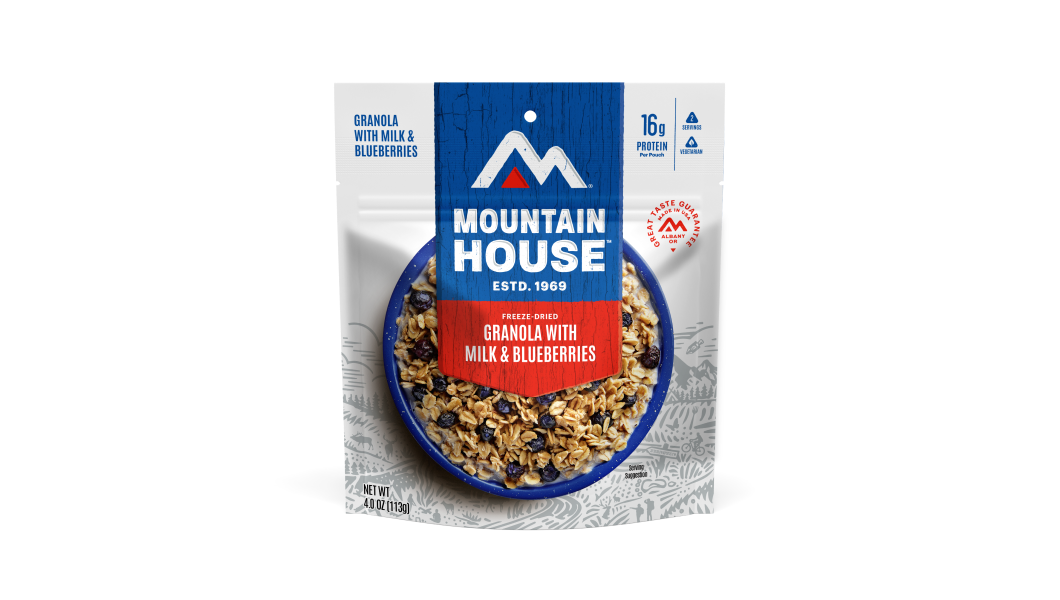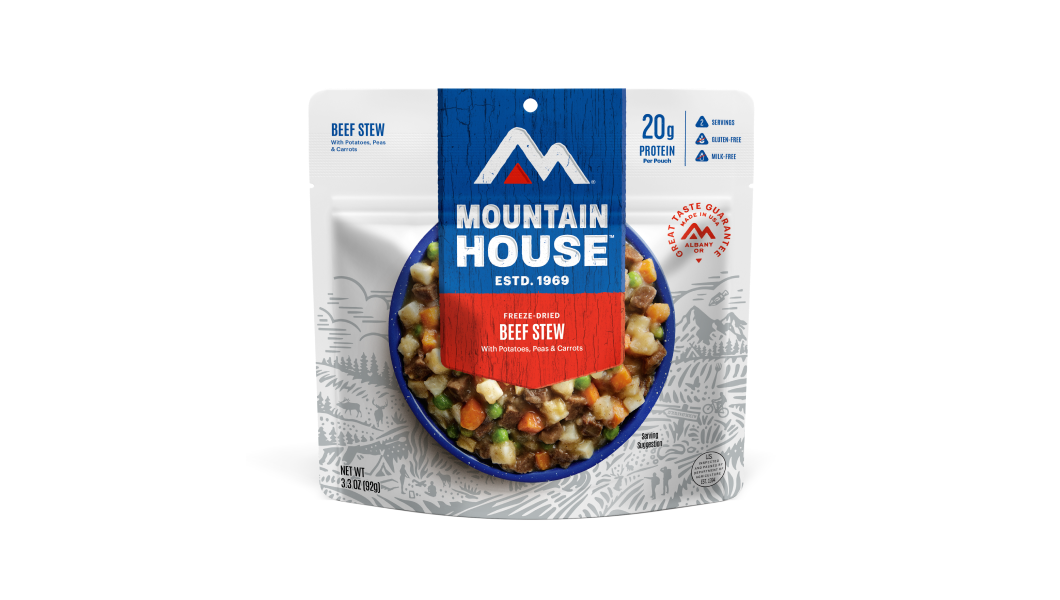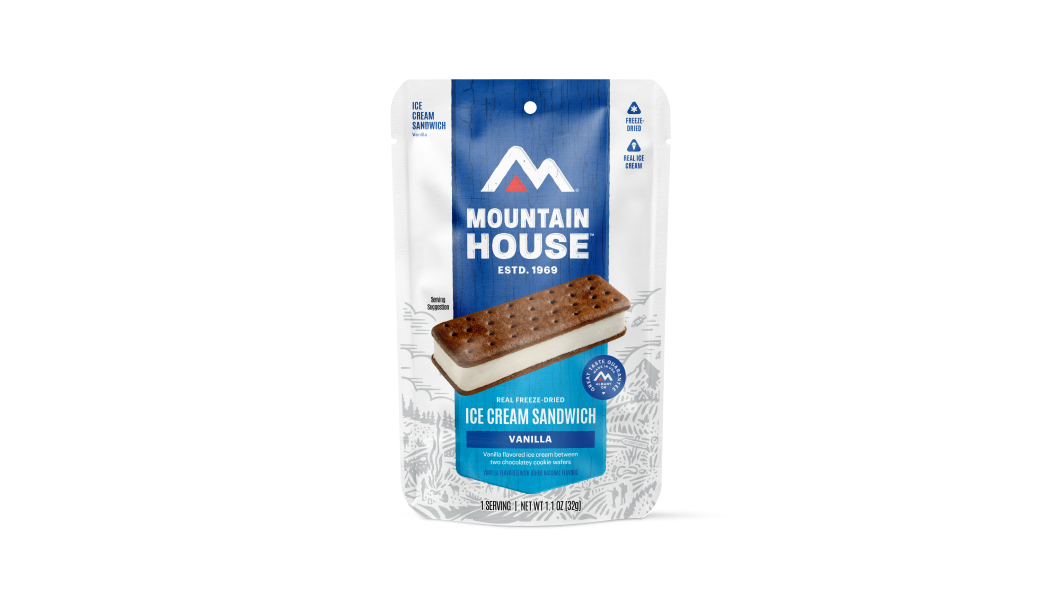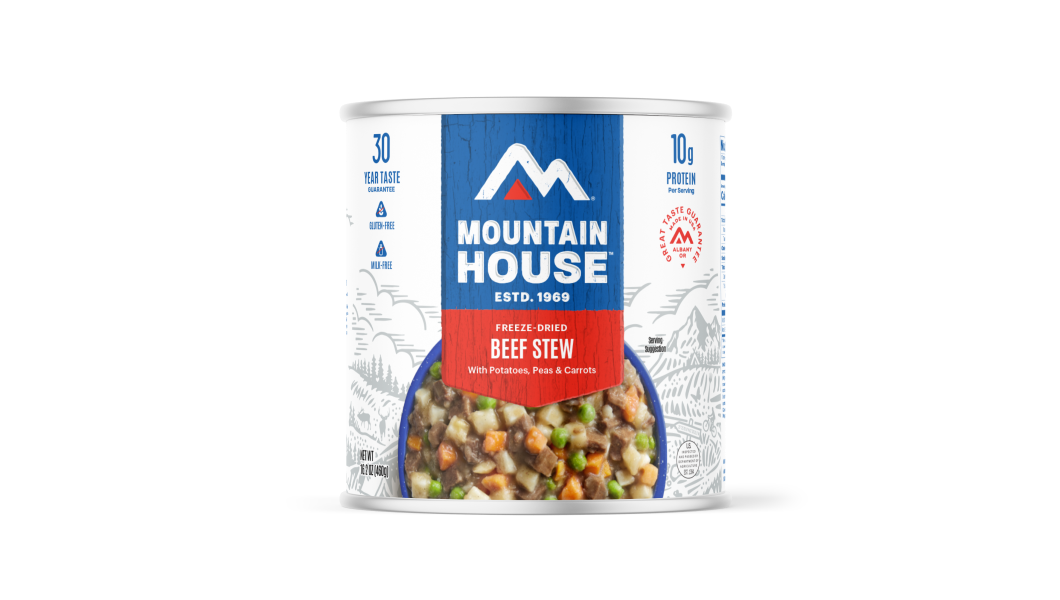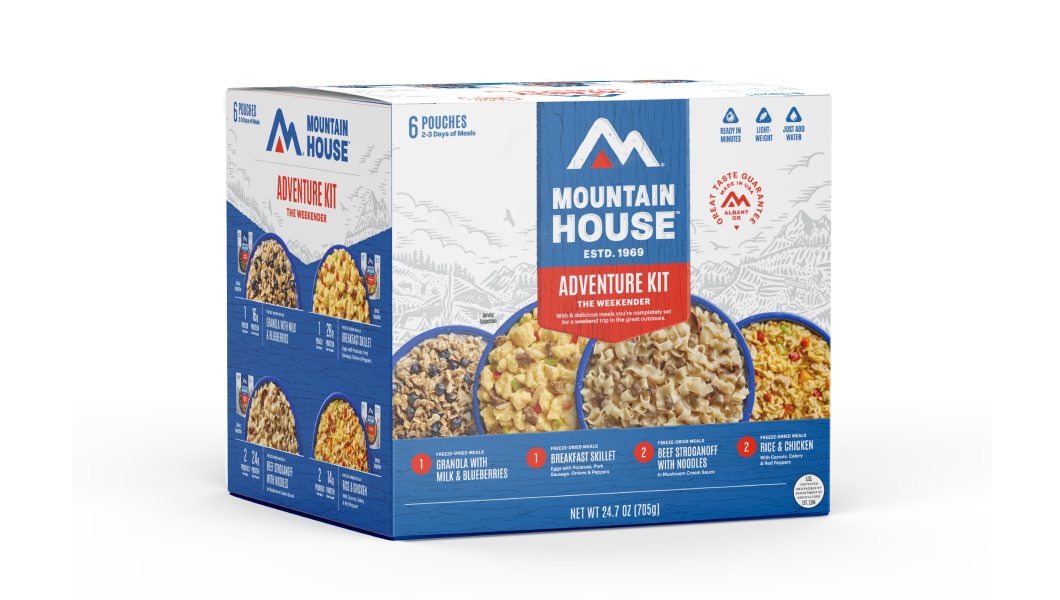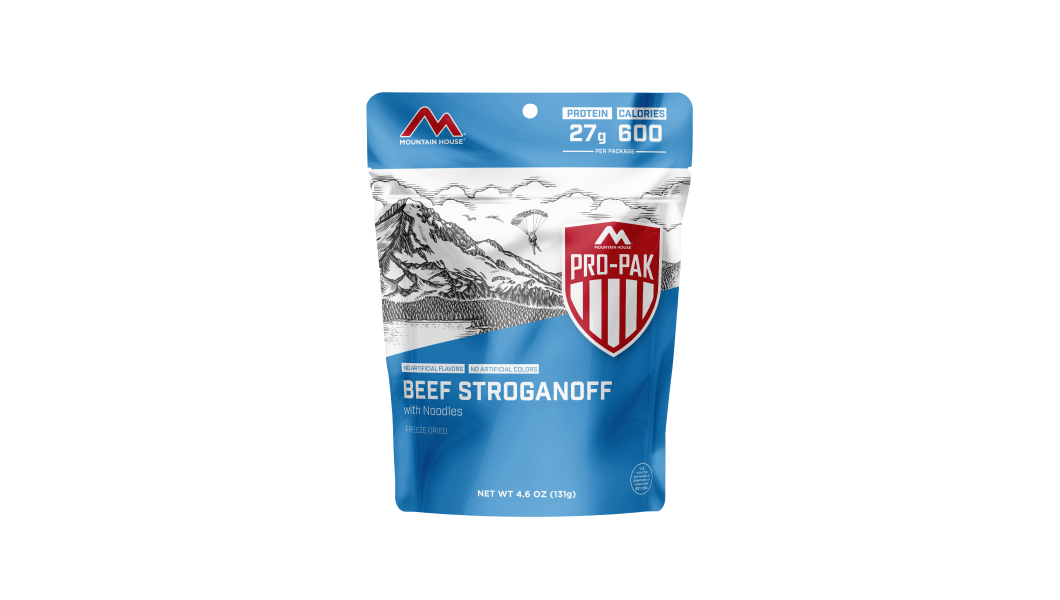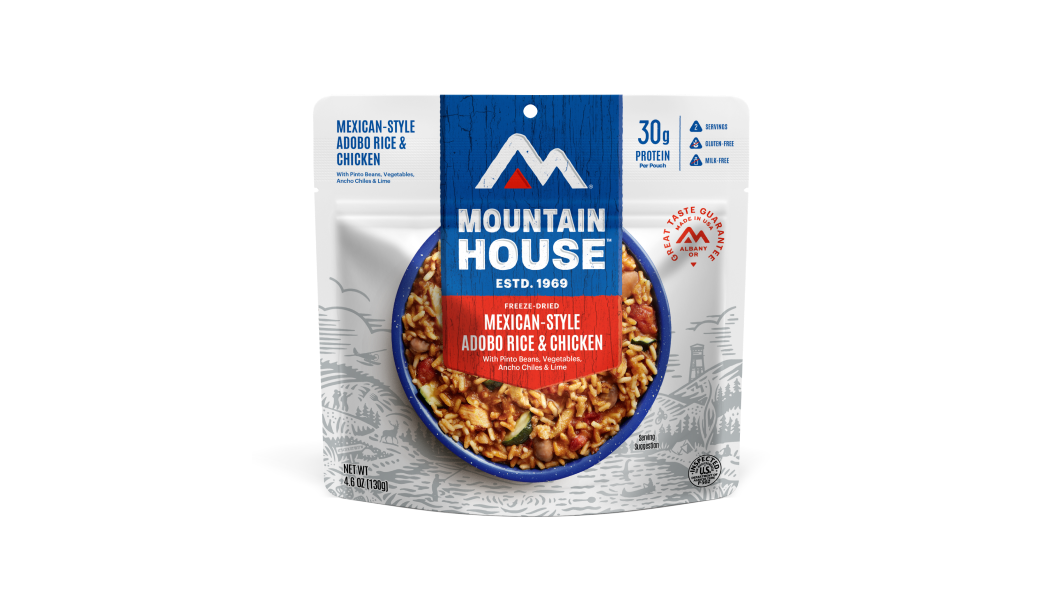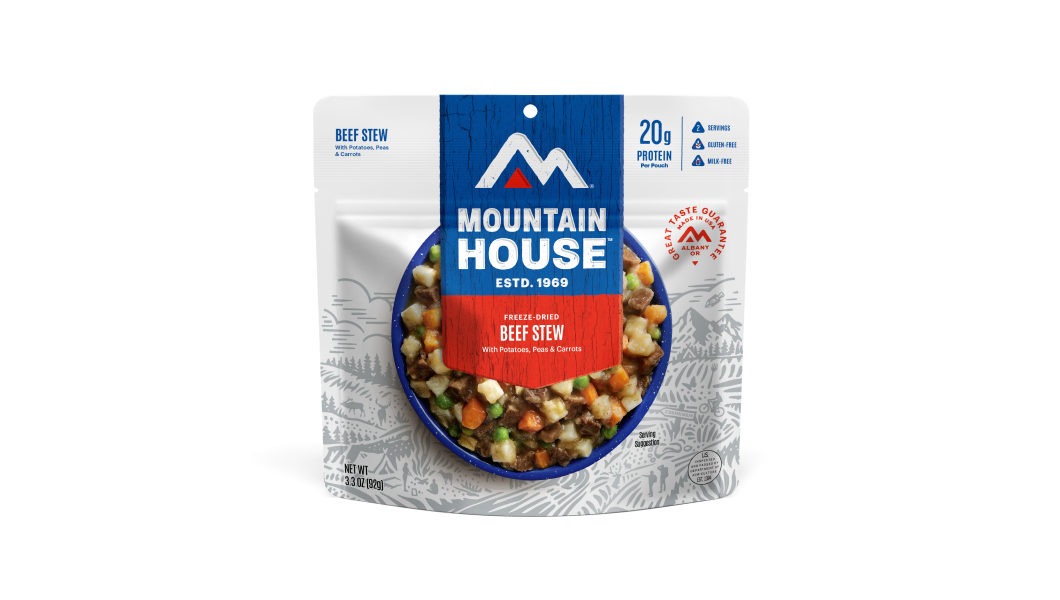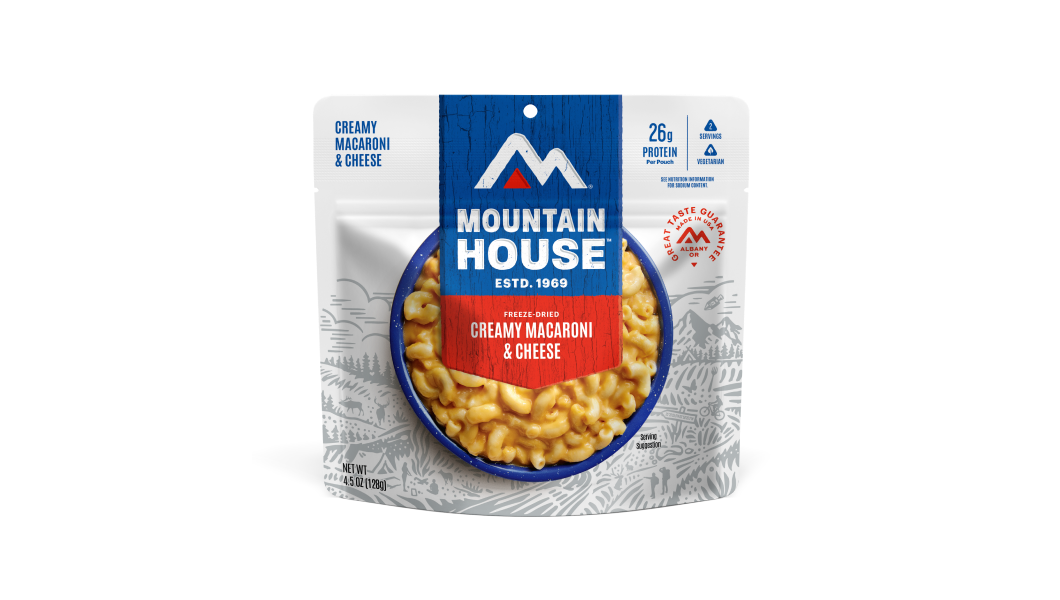Inspired for an Adventure? Check out Beef Stroganoff - Pouch and Beef Stew - Pouch
Add description, images, menus and links to your mega menu
A column with no settings can be used as a spacer
Link to your collections, sales and even external links
Add up to five columns
Add description, images, menus and links to your mega menu
A column with no settings can be used as a spacer
Link to your collections, sales and even external links
Add up to five columns


The First 72 is On You: Survival Kit Checklist + Printable PDF
It’s never fun to envision worst-case scenarios such as natural disasters, pandemics, or extended power-grid failures, but the reality is these situations do happen. Being prepared for them not only makes you more resilient and self-sufficient, but can also cut down on stress and anxiety in your everyday life: You know you’re ready if a big-time emergency plays out, which does an awful lot for your day-to-day peace of mind, even if (and this is the hope) such an event never plays out.
The widely recommended bare minimum of emergency preparedness is the 72-hour kit: stockpiling what you and the rest of your household need to get through the first 72 hours (aka three days) of a disaster of whatever kind. For example, in the event of a hurricane, one of the planet’s most violent and destructive storms, disaster-response personnel often warn people that “the first 72 are on you”—that is to say, in the first three days after such a tropical storm strikes, rescue workers may not be able to reach you and provide supplies, medical attention, evacuation support, and the like. And that guideline, needless to say, goes for lots of other emergency potentialities.
From families simply looking to bolster their security to preppers and emergency planners—really, anybody and everyone–our downloadable 72-hour kit checklist PDF is a practical resource to help you get ready for whatever comes your way.
Why the First 72 Hours Matter
A 72-hour kit is designed to see you through three days of a major disruption, which might take the form of a natural disaster such as a hurricane, a tornado, or a flood; a cyberattack or power-grid failure; a disease outbreak; or anything else that limits your access to the usual life-sustaining essentials.
As the “first 72 are on you” tag suggests, there are emergency scenarios in which external help will not necessarily be quick in coming, not least because rescue workers themselves may be exposed to grave risk attempting to reach victims.
This three-day self-sufficiency may take the form of a “shelter-in-place” scenario, when potentially dangerous conditions outside—from floodwaters or downed power lines to a highly contagious disease outbreak—make hunkering down at home (or your workplace) the best option. Or you may be using that on-the-go form of a 72-hour kit, the “bug-out bag,” essential for when you need to get yourself to a safer location.
On a related note, be sure to have a dedicated emergency kit not only for your place of residence, but also your vehicle and your workplace. You never know when or where a disaster might strike, and it might well not be when you’re at home.
What Should Be in a 72-Hour Kit?
Let’s run through the critical categories to flesh out a 72-hour survival kit checklist.
Water & Hydration
An adequate supply of fresh, drinkable water that can also be used for sanitary purposes is foundation-level important for your 72-hour emergency kit, as are the means to purify water from sources that may be contaminated or questionable. Remember that certain members of a household, such as nursing mothers or ill individuals, may need more water than the standard gallon-per-day. And don’t forget your pets!
- One gallon of water per person per day (three-day total)
- Water purification tablets or a filter/purifier
Food & Nutrition
You also want a three-day food supply for every member of the household (again, including Fido or Fluffy). Emergency provisions need to be shelf-stable and ideally rich in nutrition and energy.
Claiming an exceptional shelf life, efficient packability, and incredibly quick, simple preparation, Mountain House meals are tailor-made for short-term (and long-term!) emergency preparedness, making them essential components for your 72-hour kit.
- Non-perishable food such as freeze-dried and dehydrated meals, canned goods, and protein bars
- Manual can opener or P-38
- Plastic utensils
- Pet food (if applicable)
Medical & Hygiene Supplies
From first-aid fundamentals to attend to injuries and illnesses to personal prescriptions and sanitary needs, medical and hygiene supplies are also a must for your 72-hour kit.
- First-aid kit (regularly checked to restock supplies as necessary)
- Prescription medications, contact lenses, eyeglasses, etc.
- Hand sanitizer, moist towelettes, disinfectant
- Toilet paper, garbage bags, plastic bags
- Personal sanitation items such as soap, toothbrush, menstrual products, etc.
Clothing & Shelter
Whether it’s bunkering within a home or office building that doesn’t currently have heat or trekking some distance to reach a bug-out location, you need to make sure you have adequate clothing layers and a shelter system to keep you warm, dry, and comfortable.
- Sleeping bag or emergency blanket
- Change of clothes & extra clothing for cold or wet conditions
- Sturdy shoes (in case you need to cover some ground in potentially treacherous conditions or for an extended distance)
- Plastic sheeting
- Duct tape
- Dust mask
Tools & Lighting
From shutting off natural gas and illuminating the night when the power’s out to keeping abreast of weather conditions, a variety of tools for a variety of functions help round out your 72-hour kit checklist.
- Battery-powered or hand-crank radio (NOAA Weather Radio recommended)
- Flashlight and/or headlamp with extra batteries
- Fire extinguisher
- Pliers or wrench (for shutting off gas), multi-tool
- Waterproof container for matches and/or lighter
- Paracord bracelet
Documents & Communication
While stocking emergency provisions and a first-aid kit might be fairly intuitive when thinking about your 72-hour kit, it’s easy to overlook some critical documents, resources, and communication devices that certainly come in handy during a disaster.
- Emergency contact info, contact information cards
- Insurance policies, bank-account info, and other important documents in a waterproof container
- Credit cards and cash or traveler’s checks
- Cell phone with chargers (solar or battery backup)
Additional 72-Hour Kit Checklist Items to Consider
The basic emergency kit above is a great starting point, but it’s important to customize it based on your household’s unique needs. Factors like family size, medical requirements, and where you live (urban vs. rural, coastal vs. inland) can all affect what you’ll need to include.
Here are some additional items to consider:
- Specialty supplies for specific needs, such as for infants, pregnant women, seniors, individuals with disabilities or chronic conditions, and pets.
- Paper maps of your neighborhood, town, and region in case GPS or cell service goes down during an evacuation.
- Comfort items for children, like books, games, puzzles, or stuffed animals, to provide distraction and emotional support in high-stress situations.
- Emergency apps from FEMA, the American Red Cross, and the National Weather Service to receive alerts, safety tips, and updates.
- Enable emergency alerts on your smartphone to stay informed even if you're on the go.
Printable 72-Hour Checklist PDF
We’ve made assembling your 72-hour kit(s) even easier: Download our PDF checklist and print it out so you’ve got a check-off-ready hard copy! Keep one at home, in your vehicle, and at your place of work so you’re covering all your bases.
Download the 72-Hour Emergency Kit Checklist (PDF)
Tips for Keeping Your Emergency Kit Updated
Emergency supplies don’t last forever—food can spoil, prescriptions expire, and it’s easy to dip into your first-aid stash for everyday cuts or scrapes. That’s why it’s important to check your 72-hour kit regularly to make sure everything is stocked, safe to use, and ready when you need it most.
Here are a few simple tips to keep your kit up to date:
- Set a calendar reminder every six months or once a year to review your kit.
- Rotate food and water supplies before they expire.
- Check and replace batteries in flashlights, radios, and other gear.
- Restock medications and first-aid items that are expired or partially used.
- Update important documents and emergency contact information.
Preparing for the First 72 With Mountain House
A personalized, up-to-date emergency kit is one of the most important safeguards you can give yourself against the vagaries and contingencies of our unpredictable world. Starting small and building your 72-hour kit over time can make the task of putting it together less intimidating or onerous.
Lightweight, super-easy to prepare, and made for long-term storage, Mountain House meals are a smart addition to any 72-hour kit. Stock up on our emergency and survival food today—your future self will thank you!
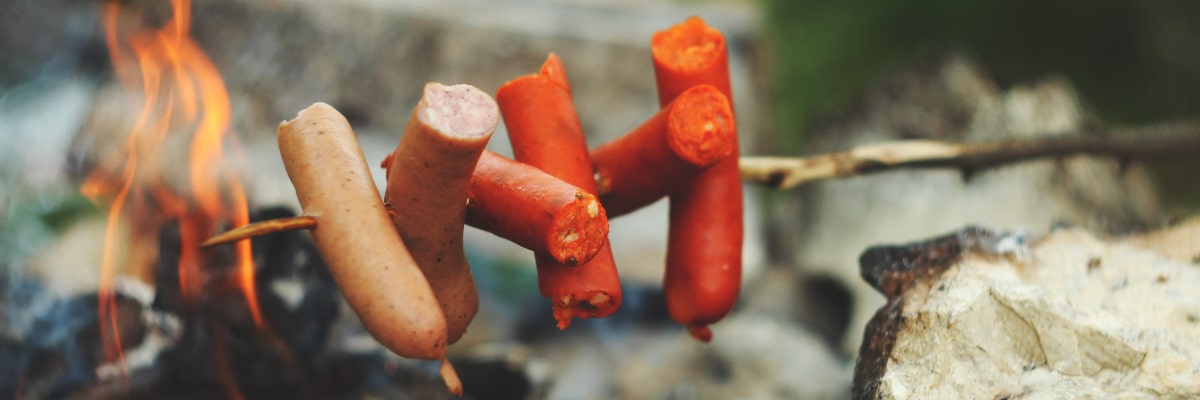
How to Cook in the Wilderness: Methods to Learn
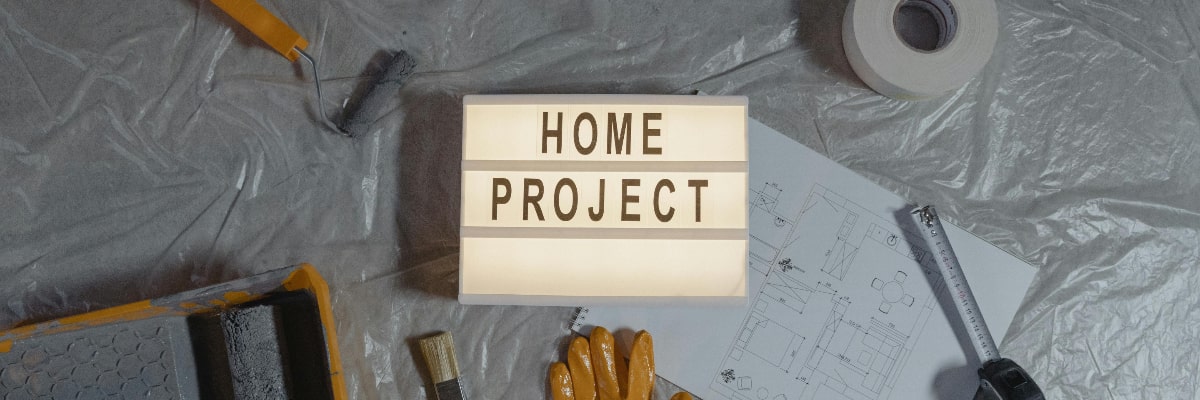
Emergency Preparedness Ideas for Small-Space Preppers


Stay Hungry for Adventure
Sign Up for Delicious Outdoor Meals & Exclusive Offers!
By clicking ‘Join Now’, I agree to the Terms of Service and Privacy Policy.


Join the adventure
©2025 Mountain House — All Rights Reserved.
Join Mountain House Rewards
Your Cart is Empty
Continue ShoppingYour Cart
Subtotal
$0.00
EXPRESS PAYMENT METHODS AVAILABLE IN CHECKOUT
Taxes and Shipping Calculated at Checkout
